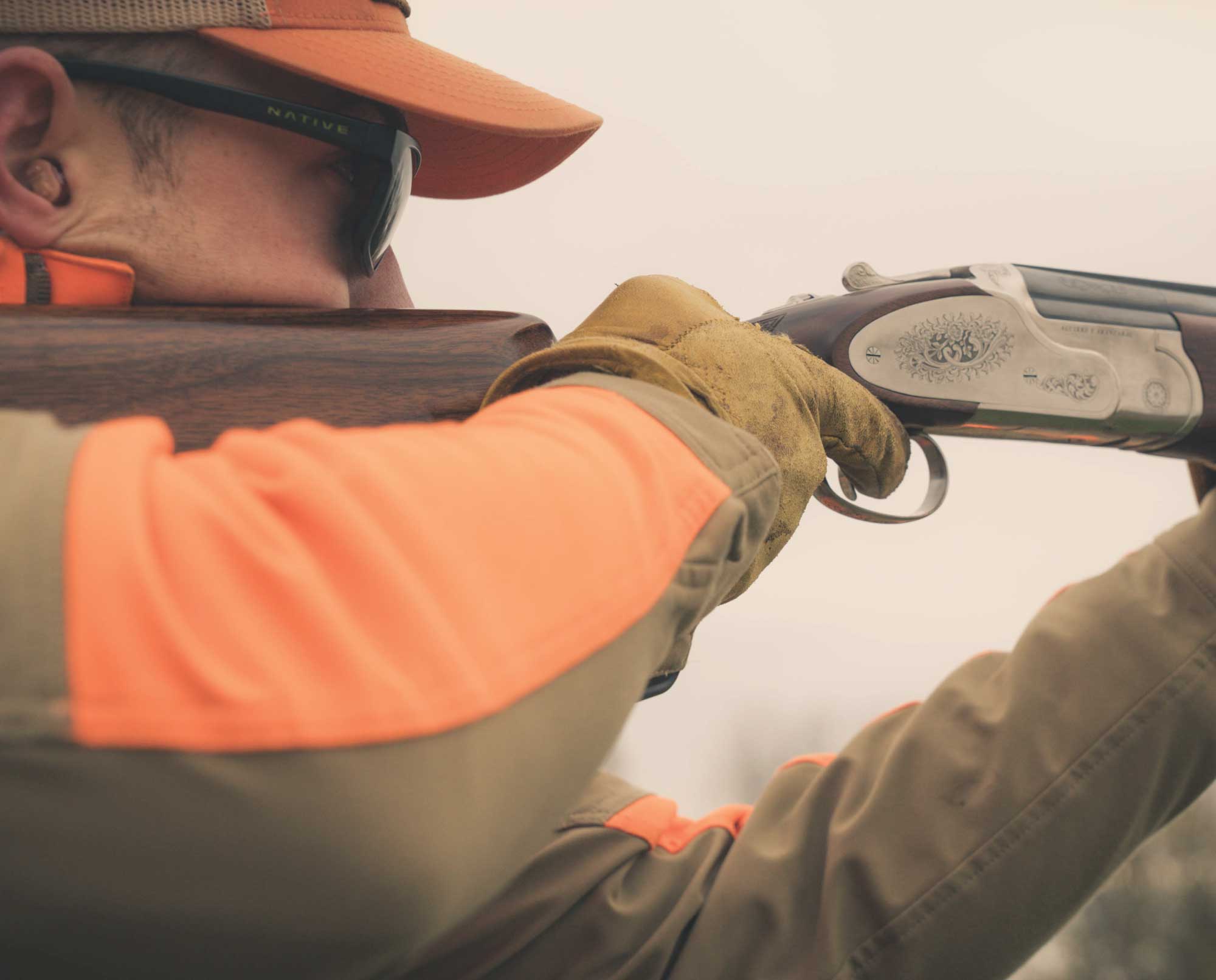I've spent a pile of time doing this, first learning to shoot better, and after a while I did fittings and built and modified shotgun stocks as a side hustle for a few years. It makes a HUGE difference for "surprise" type wingshooting where you start from a low gun and may not have a lot of warning before having to move, mount and shoot. It does absolutely nothing for aimed shooting like turkey-hunting with a shotgun. if you are very average sized it may not make such a difference becasue guns are +/- built to fit average people, but if you are shaped differently from joe average it can make a world of difference. Games like skeet and trap that are "grooved", i.e. precisely repeated presentations over and over again, and shot from an already-mounted gun, it can help a lot but for many people fit is less critical in these types of games. Sporting clays, FITASC which are shot fro a low-gun position, or hunting grouse, quail, pheasnts, etc is where a good fit matters.
As far as understanding how it works, you shoot a shotgun with your eyes--by this I mean that if you have a hard target focus, it allows your natural eye-hand coordination to point the gun accurately, even at a moving target. If you aim along the barrel or even check your lead agsint a target, your eye will naturally focus on it (the barrel or the bead, not the bird), which will CAUSE you to miss. The way you get around this is to build a gun so that when you mount it naturally, the gun fits you so that it is always pointing exactly where you are looking, without having to check the fit or squirm yourself into looking down the barrel--this allows you to aquire and hold a hard focus on the target, so that when you pull the trigger the gun will already be pointed at the target. Basically, a well-fitted stock allows you to shoot with your eyes, and anything short of this doesnt allow your natural eye-hand coordination to function properly and you will have decreased ability to hit stuff.
There are entire books written on the topic, and various approaches for different use-cases and types of guns. If you are interested, the single best thing you could do would be to take a basic shooting lesson from an NSCA-certified coach--someone with a specific methodology for teaching shooting from a low-gun position at a variety of target presentations, not the guy at the skeet or trap range who can break 25 straight. Even if you are a pretty decent shooter you will learn a lot about fundamentals of your setup, your move to the target, your mount, etc that you may have forgotten, practice some things you may not have thought about, and you will leave with a set of "next steps"--could be getting a gun fitted, could be a practice prescription, etc, but if improving your shooting is something you want to do its money well spent. Also, if you dont have a relatively polished and repeatable mount already, a "well fitted" gun isnt going to do as much as a lesson in the first place--I say that assuming that you are an average-ish dude and that you are using a gun that isnt grossly poorly fitted in the first place.
If you are experimenting with fitting for yourself you can do that too. the comb raising kits are generally for older (like 1940's and earlier) guns that have far more drop at heel than is normal now. Very few modern guns will need too much higher of a comb outside of a few niche uses. You can spend a little time on a pattern board to see how a gun fits you and potentially make some adjustments from that, thats not too hard but it does have to be done in a specific way to be useful--let me know if thats something you want and I can try to describe. The article you linked to has a very basic overview of what you would do--and Del is quite good at what he does, he would be a great person if you are in his area--but it is missing some critical nuance that you will need as far as exactly how to go about patterning for fit, as opposed to just patterning.

